Sustainable cement production
Clean pipes, clean oil
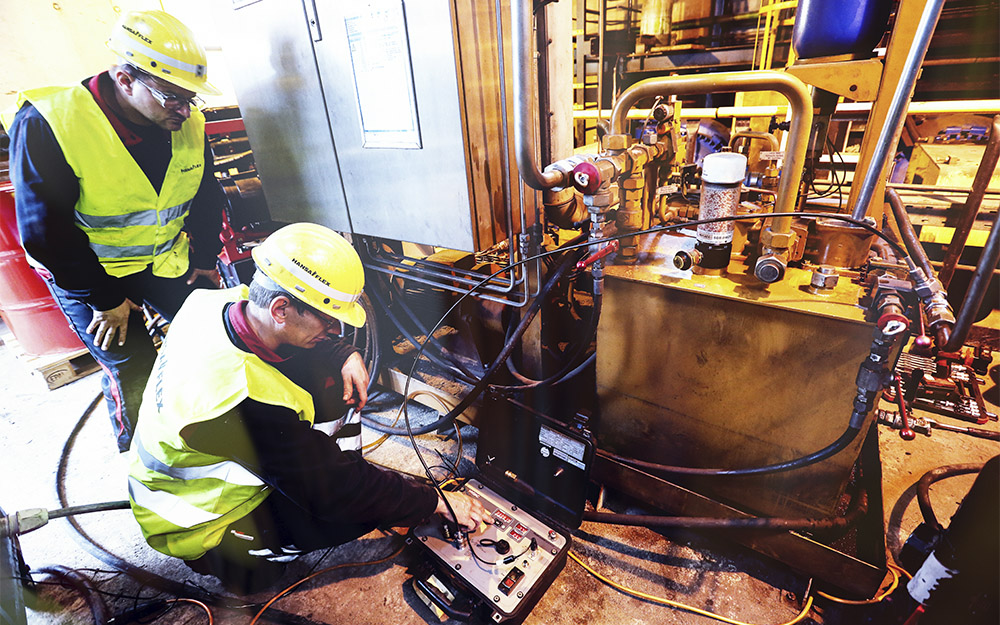
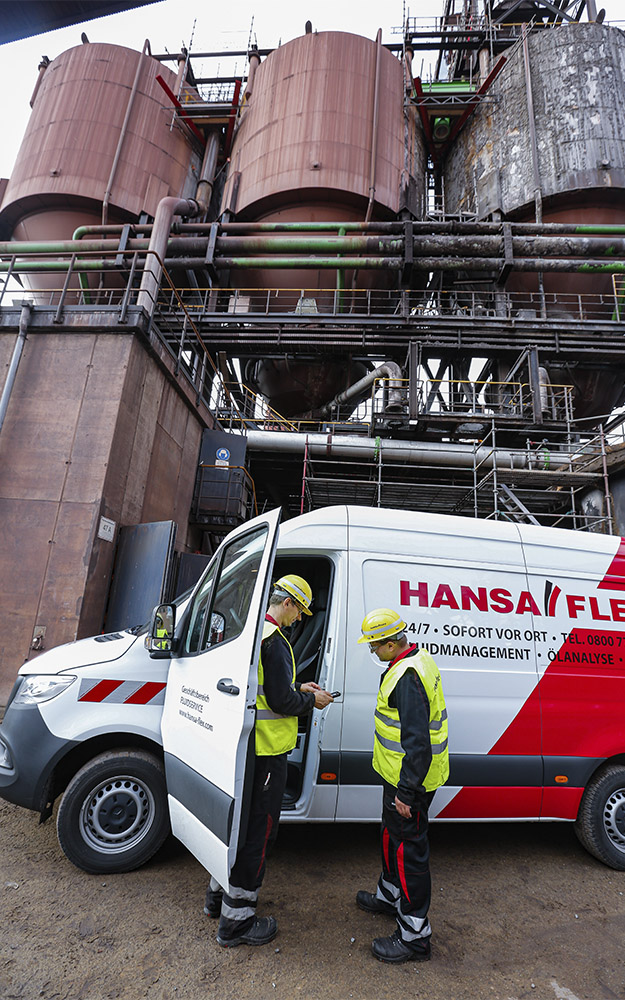
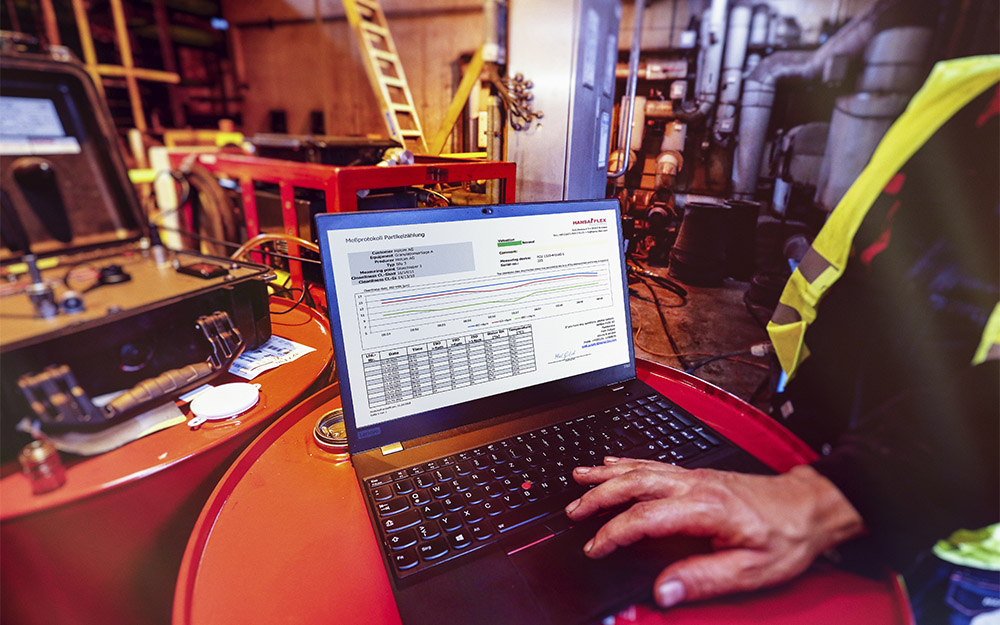
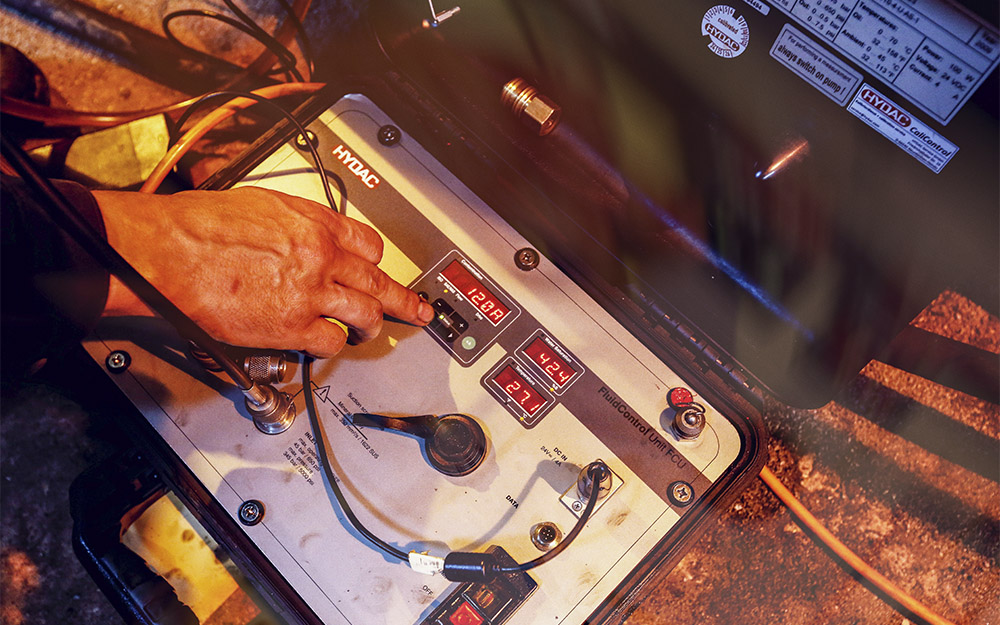
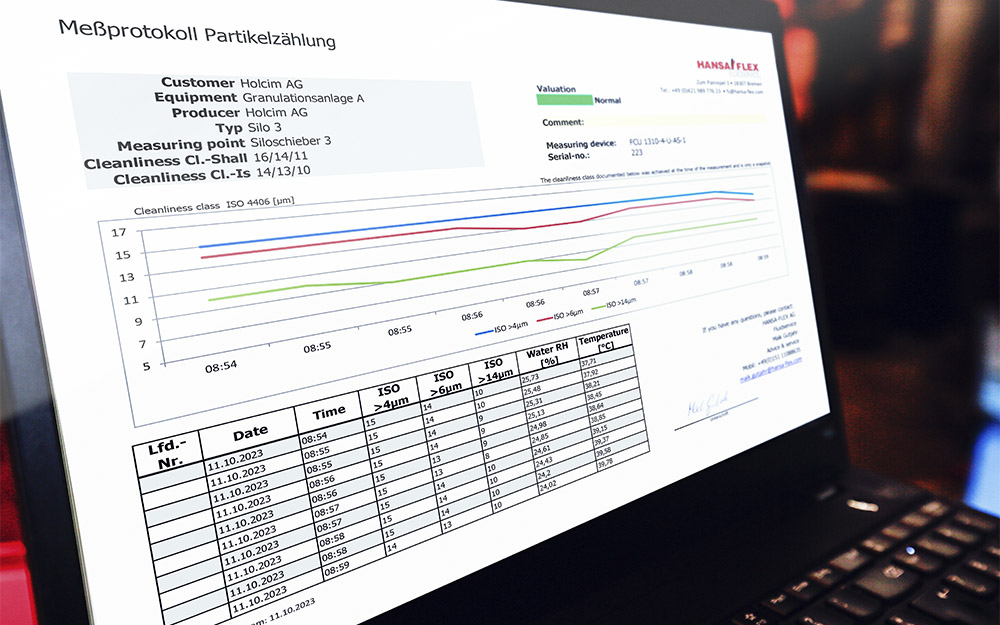
Do you have any questions about our services and products? Or do you need help?
Sundays and public holidays are excluded

How Holcim turns a by-product of pig iron production into a valuable raw material for cement production, and why clean hydraulic oil is indispensable.





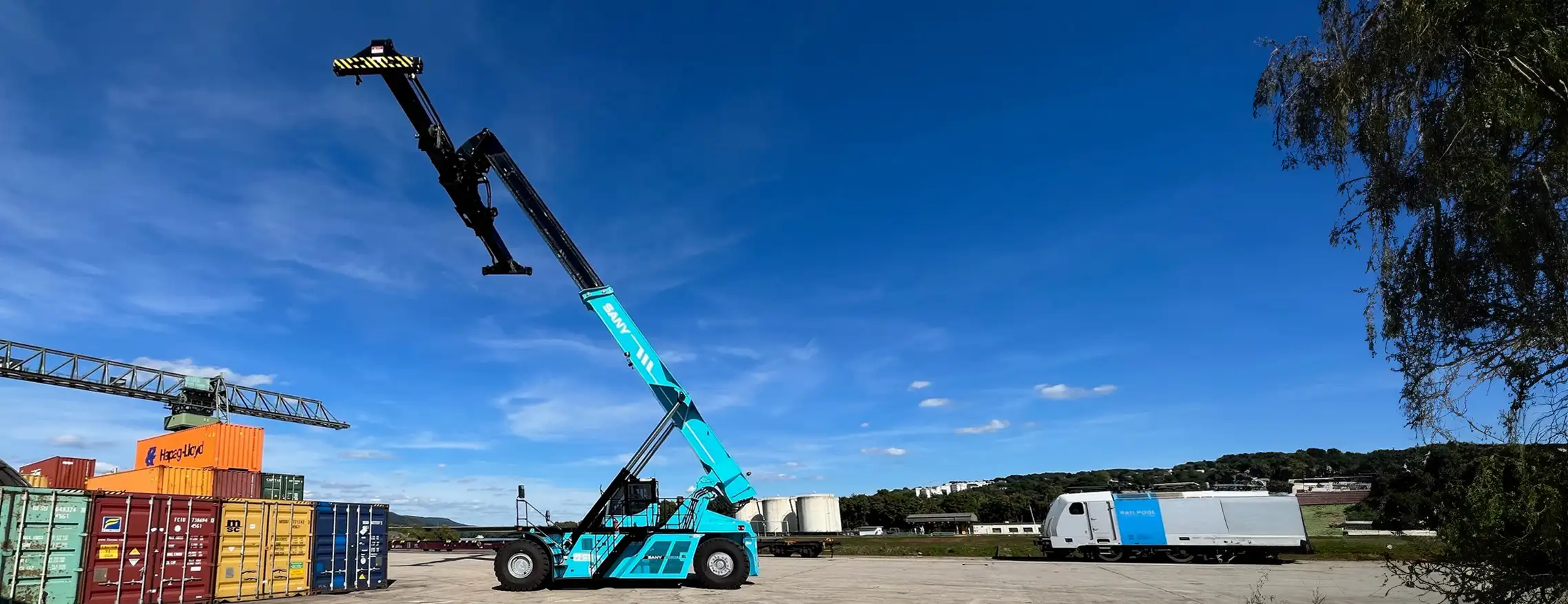
Contaminated hydraulic oil is the most common cause of breakdowns and damage to a hydraulic system. Find out in the practical test how adsorber filters can counteract this.
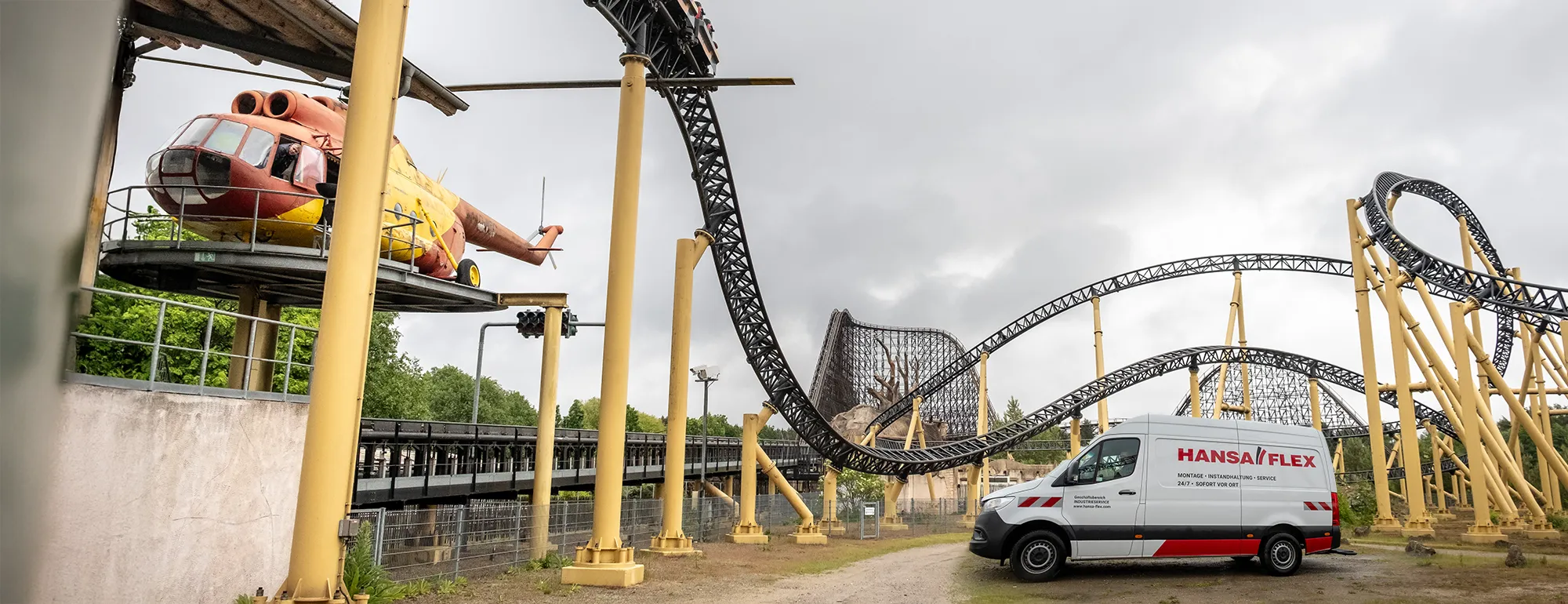
A hydraulically driven catapult launch makes the “Desert Race” roller coaster at the Heide Park Resort leisure park unique.
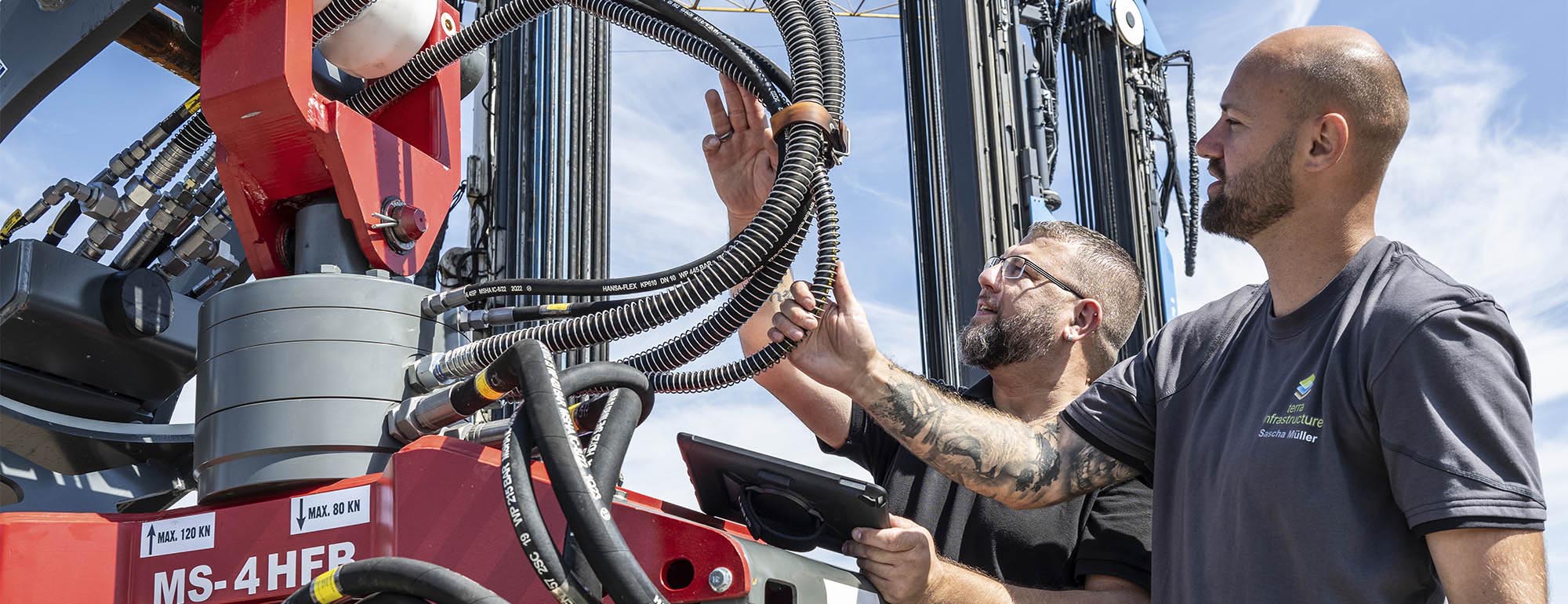
A building site surrounded by water? terra infrastructure makes it possible, while HANSA-FLEX provides the heavy-duty hydraulics required.